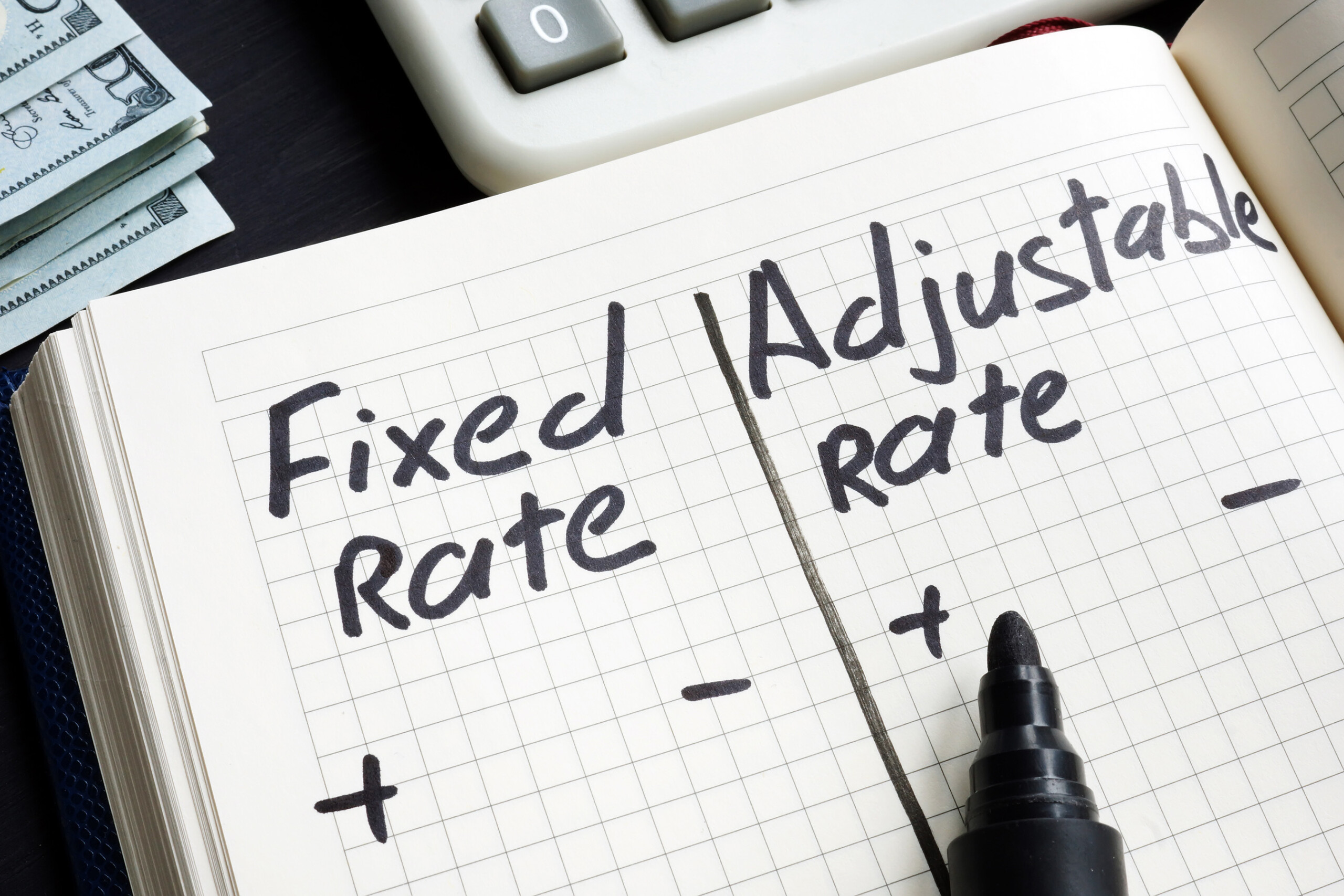
Explained: ARM vs. Fixed-Rate Mortgage
Are you starting the home buying process? Before you begin the application process for a home mortgage, it is beneficial to understand the difference between an adjustable-rate mortgage (ARM) and a fixed-rate mortgage. Having this knowledge will help you select the right mortgage plan for your home buying needs.
So let us have a quick look at what ARM and fixed-rate mortgage are and their differences.
Adjustable-Rate Mortgage
ARM or adjustable-rate mortgage plan is a type of loan that comes with a variable interest rate. This means the interest rate can fluctuate or change after a pre-determined time period. However, there is a limit to how much a lender can increase the interest rate. The lender will provide you with the details on changing the interest rate in the printed mortgage contract.
An ARM’s interest rate resets after a specific duration, depending on your loan. The adjustment of the interest rate can be seen as a fraction. The first number of the fraction identifies when your rate initially resets. The second number shows how frequently your interest rate will change after the first-rate adjustment.
So, if you have a 5/1 ARM, this means you will enjoy a fixed rate for the first 5 years, and then your rate will adjust every year. An ARM is typically a 30-year mortgage.
Pros
- Your introductory rates may be lower than a fixed-rate mortgage interest rate.
- Future rate adjustments may not affect you, especially if you plan to sell your home before your introductory period expires.
Cons
- Changes in the market’s interest rate may change your monthly repayments.
- ARM only offers a 30-year loan option.
- This loan is less stable because of the variable rate change.
Fixed-rate Mortgage
A fixed-rate mortgage is a straightforward home mortgage plan compared to ARM’s variable rate. By securing a fixed-rate mortgage, you will have peace of mind knowing that there will be no interest rate fluctuations or increases in the future.
Another main difference you will find in this type of mortgage plan is the variety of loan terms or amortization schedules. Unlike the ARM, which offers only 30-years loans, you can get a 10-year, 15-year, or 30-year loan with a fixed-rate mortgage.
The shorter loan terms for a fixed-rate mortgage will make the monthly mortgage payments larger, but it will allow you to pay off the loan quicker.
Pros
- The fixed interest rate will not change even if the market rate changes.
- More stable with predictable interest rate and mortgage payment.
- You can get a 10-year, 15-year, and 30-year loan.
Cons
- You may have to pay an interest rate higher than ARM’s introductory interest rates.
- In the case that the market interest rate decreases, you will need to refinance and pay associated costs to take advantage of current lower interest rates.
Which loan is right for you? We’d welcome the opportunity to talk to you about your loan options. We can help you choose a mortgage plan that suits your budget and current financial standing. Speak to our team today!
PRMI – Wooster has been helping clients purchase homes since 1998 and is backed by one of the most established mortgage lenders in the county with a nationwide presence. We offer a variety of loan programs for the greater Wooster, Ohio area – including Canton and Medina, Ohio. Are you looking for a trusted lender? Contact us by phone at 866.888.7902 or email Matt Shanlian at mshanlian@primeres.com.
*Opinions expressed are solely my own and do not express the views of my employer.
Let's Connect
Have a Question or Ready to Apply?
We’d love to hear from you!
Spring break has many Ohioans considering whether they’d benefit from a vacation home (perhaps somewhere warmer!). Before you sign on the dotted line for your new retreat, consider the following factors in your decision: Purpose: Think about how you plan to use the vacation home. Will you use it as a rental property, or will […]
A reverse mortgage is a type of loan that allows a homeowner to borrow from a lender using their home as security. (In other words, a borrower is withdrawing part of their equity in their home.) While the homeowner remains responsible for property taxes, insurance, and upkeep costs of the home, they do not have […]
Why did your mortgage payment go up? Your mortgage payment is not just a random number on a piece of paper. It’s a complex formula with many factors and variables. If you haven’t delved into the details of your mortgage payments, let’s take a closer look at where your money is allocated each month. To […]






